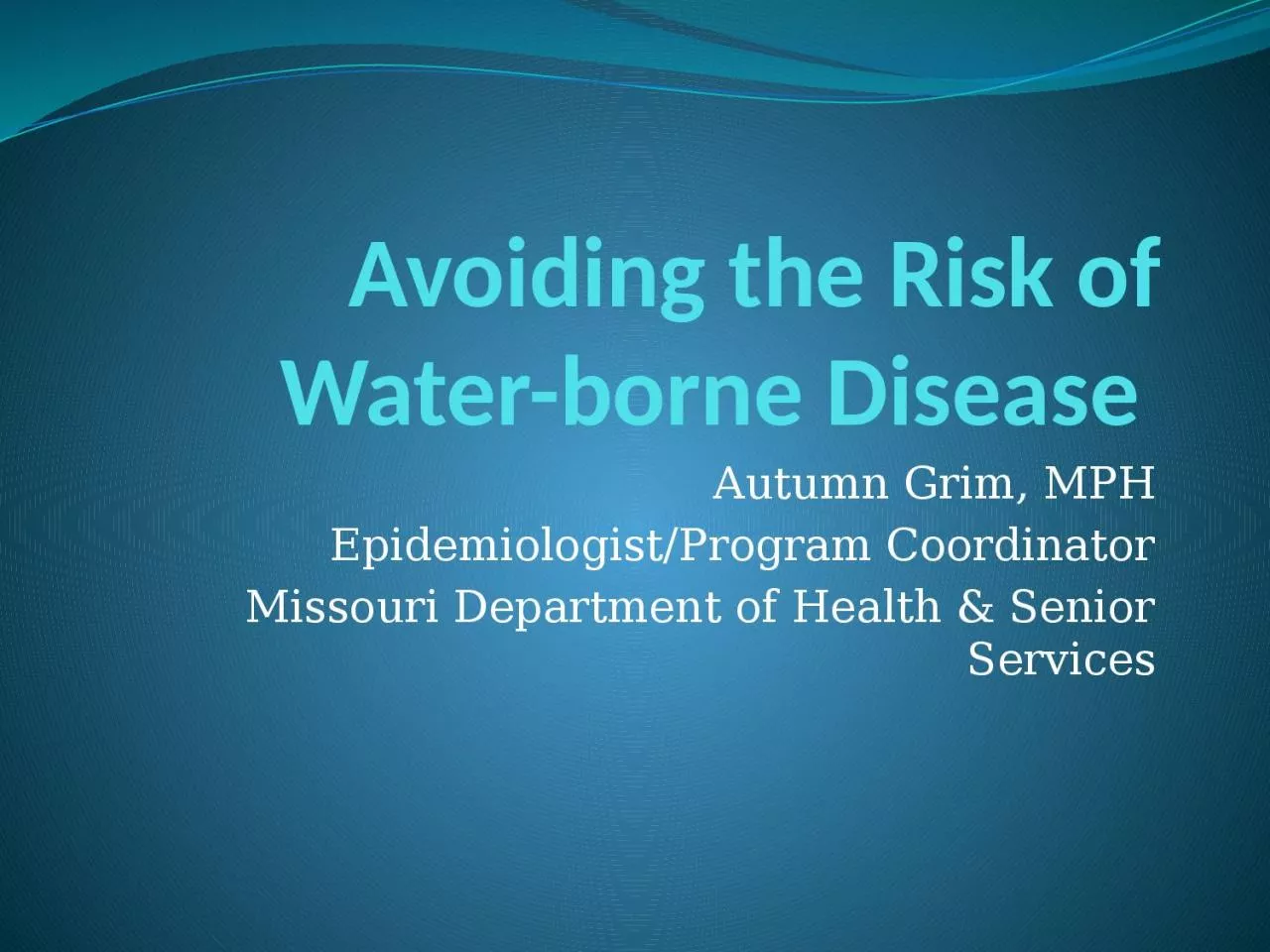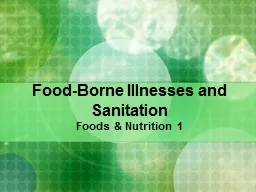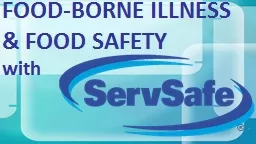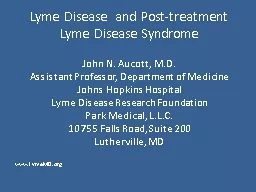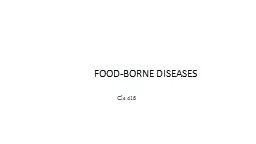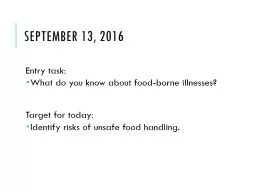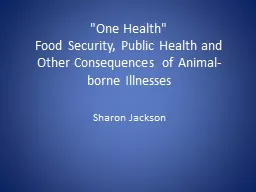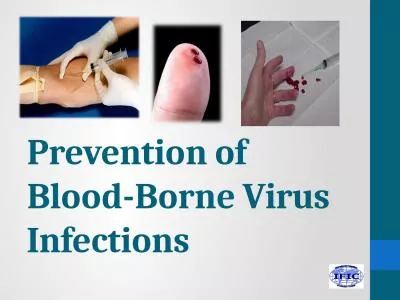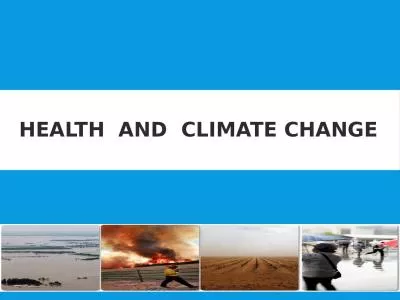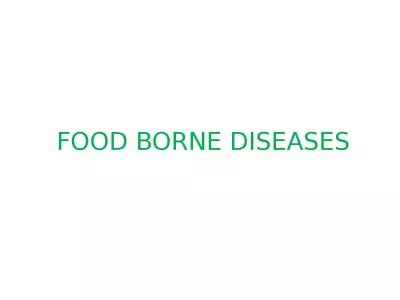PPT-Avoiding the Risk of Water-borne Disease
Author : madeline | Published Date : 2024-03-13
Autumn Grim MPH EpidemiologistProgram Coordinator Missouri Department of Health amp Senior Services We never know the worth of water till the well is dry Thomas
Presentation Embed Code
Download Presentation
Download Presentation The PPT/PDF document "Avoiding the Risk of Water-borne Disease" is the property of its rightful owner. Permission is granted to download and print the materials on this website for personal, non-commercial use only, and to display it on your personal computer provided you do not modify the materials and that you retain all copyright notices contained in the materials. By downloading content from our website, you accept the terms of this agreement.
Avoiding the Risk of Water-borne Disease: Transcript
Download Rules Of Document
"Avoiding the Risk of Water-borne Disease"The content belongs to its owner. You may download and print it for personal use, without modification, and keep all copyright notices. By downloading, you agree to these terms.
Related Documents

